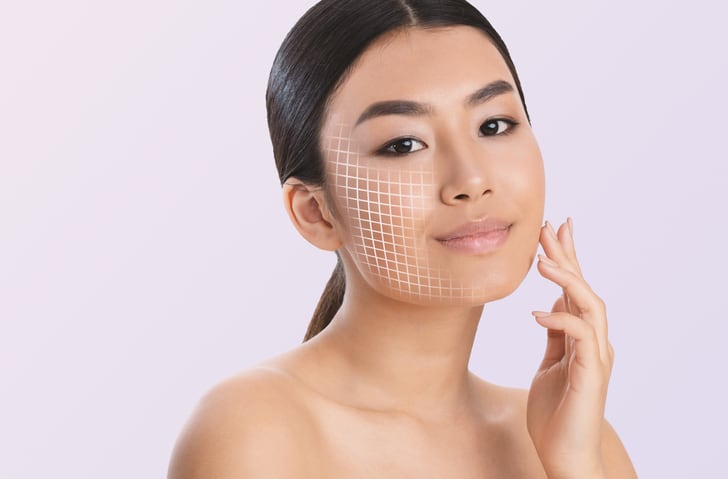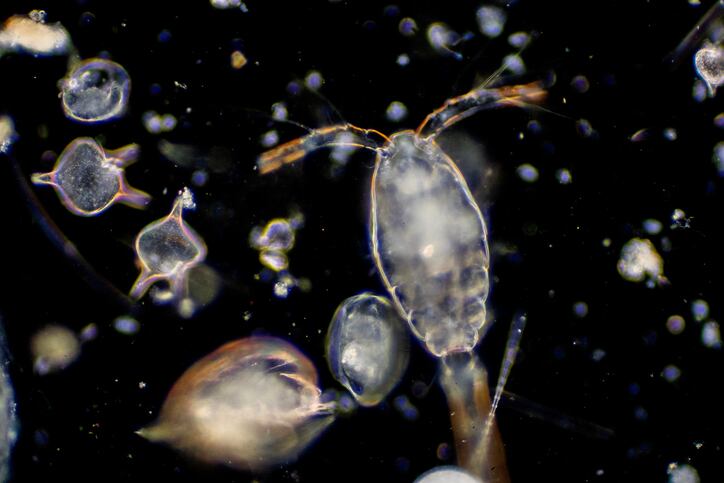A research team out of Italy, China, India and Russia, Morganti et al, published a paper in Cosmetics exploring how non-woven tissues can be used in cosmetics and medical devices, as well as how upcycled food waste can be used to create these ingredients.
Morganti et al said one of the main drivers behind finding uses for upcycled ingredients are the environmental and economic impacts of food waste. According to the study, food waste globally averages 931 million tons annually, amounting to $2.6 trillion.
According to a United Nation study cited in the paper, unconsumed food accounts for 8-10% of global carbon emissions, as well as anthropogenic methane, which is the second most potent greenhouse gas.
“Therefore, both industry and the consumer should depart from the linear economy, which is based on taking, making, and producing waste, to move into a circular economy, which is based on redesigning, reducing, reusing and recycling,” Morganti et al said.
One way to achieve that circular economy could be to use natural polymers to create cosmeceutical tissues, Morganti et al said.
Natural polymer tissues in cosmetics
Morganti et al said they have been researching the use of biofunctional textiles in both cosmetics and medical devices for skin healing in both in vitro and in vivo studies. Non-woven tissues can be used as a protective barrier for skin against weather, insects and noxious chemicals.
By using non-woven textiles as a carrier material, Morganti et al said hydrating or protective ingredients, or even skin healing ingredients, can be delivered and could potentially even carry a barrier against bug bites, fungi, bacteria and viruses.
“At this purpose, biocidal, antioxidant or anti-inflammatory compounds may be bound to the surface of polymeric fibers for realizing specialized tissues of medical or cosmetic interest,” Morganti et al said.
An example the team cites of this delivery system is a study of nanostructured silver in a biofunctional fiber. Silver can be used as a bactericidal agent for burns and wounds, and the use of it in the fiber showed high anti-inflammatory and faster skin-repairing on first and second-degree burns, compared to commercial advanced medication.
To create biodegradable nanocomposites for these fibers, Morganti et al said ingredients like hyaluronic acid, collagen, chitin/chitosan, lignin, gelatin, alginic acid and keratin can be used and derived from food waste.
Morganti et al said those ingredients are non-toxic, biodegradable, biocompatible, non-immunogenic, as well as bioactive. They added that chitin could be a carrier for encapsulated bio-ingredients.
Using nanofibers developed from these ingredients may also stretch the food waste into more material for cosmetic production. Morganti et al said while one gram of chitin alone develops two square meters of tissue, one gram of chitin nanofibers develops 180 square meters of tissue.
However, the size, surface area, weight ratio, compatibility with matrix and dispersion are important factors in whether or not the polymer fibers effectively deliver ingredients to the skin.
Possible cosmetic uses
Based on evidence Morganti et al found of biopolymer fiber’s ability to improve skin regeneration, they said this carrier could be ideal for creating antiaging products.
The team said these tissues could also deliver antifungal, anti-inflammatory and antioxidant ingredients, as well as vitamin E.
Morganti et al said continued research into the use of food waste into both biofunctional textiles and active ingredients for cosmetic and medical treatment of skin can better help determine the uses of the technology.
“These and other studies in progress are considered fundamental for recovering new active compound and innovative natural carriers necessary to maintain the Earth’s raw materials for the future generations and save the environmental balance,” Morganti et al said.
Source: Cosmetics
Cosmetics 2022, 9(1), 20; https://doi.org/10.3390/cosmetics9010019
Title: Food Loss and Food Waste for Green Cosmetics and Medical Devices for a Cleaner Planet



